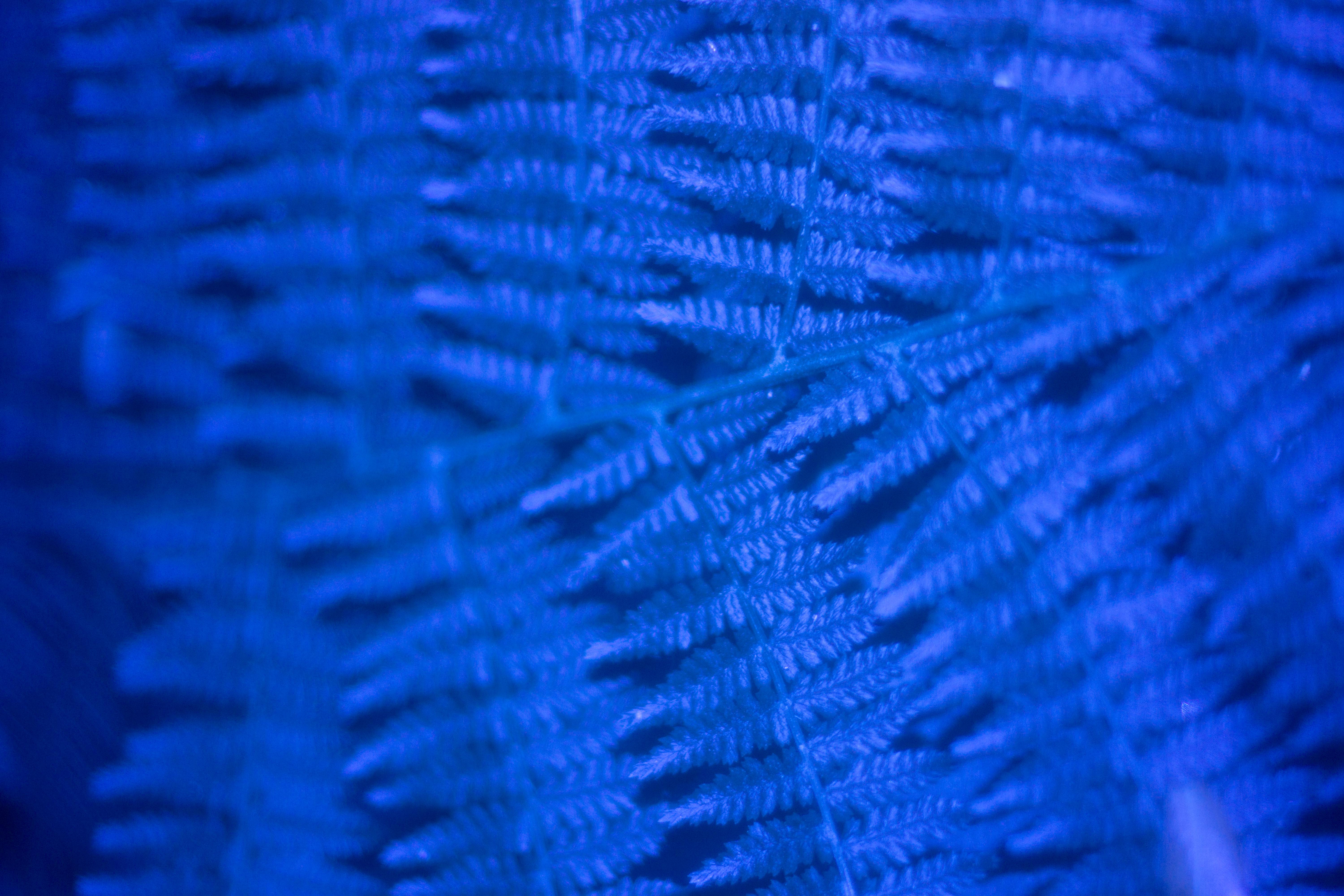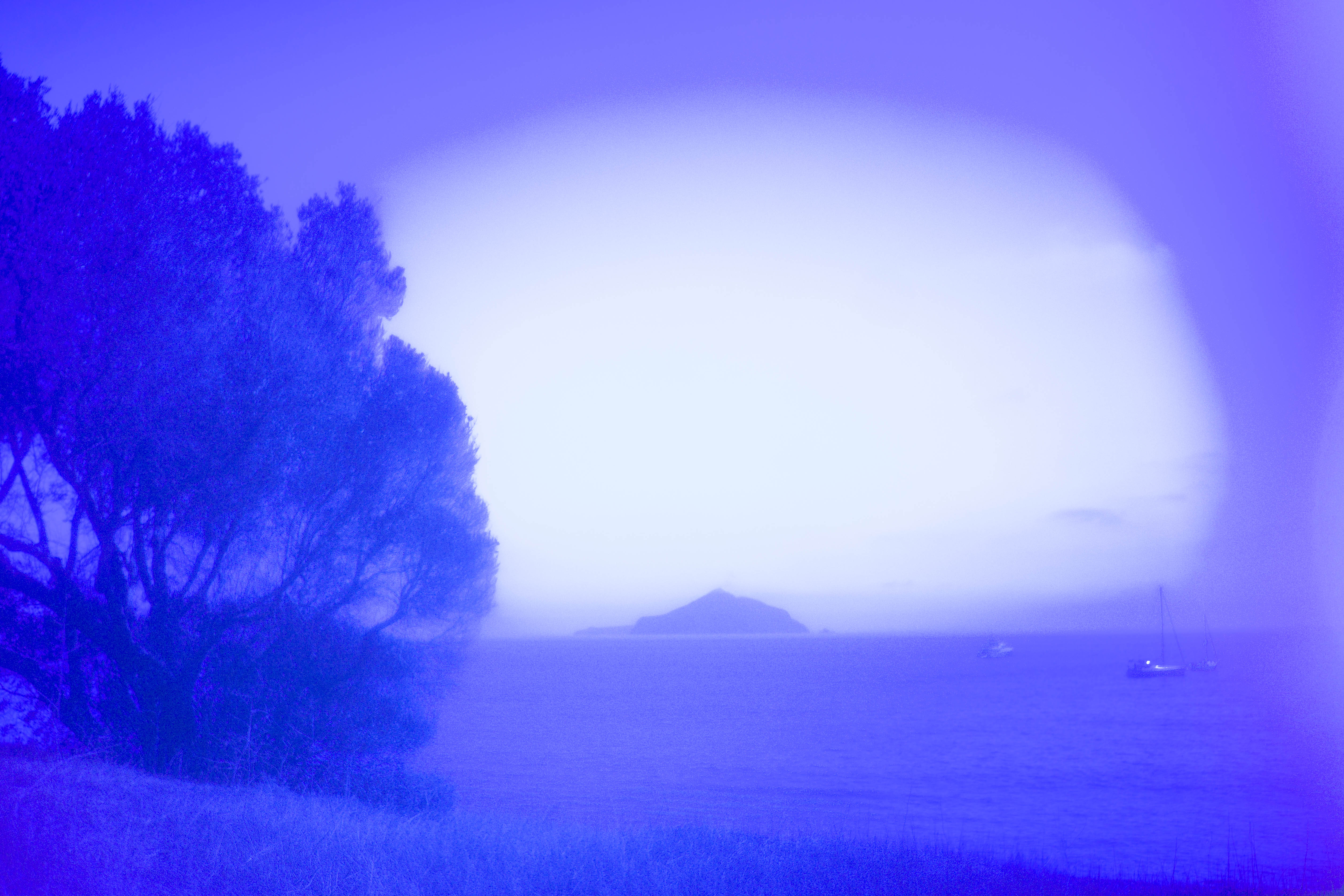
We always have exciting things happening at the labs, but I'm super excited about the addition of a new workshop on cyanotypes! David Janesko, Houston-based artist and member of the labs, is teaching the workshop!
What is a cyanotype?
A cyanotype is an analog photograph printing process that produces a blue toned print. The chemistry is safe and easy to use and does not require a darkroom. The photos can be developed just using the sun. You can make contact prints of film negatives or digital negatives. It is also great for making photograms, which are made by placing objects, like leaves, onto the sensitized paper and exposing it. One of the advantages, besides the processes accessibility, it the chooce of substrates you can print on, just about any type of paper and even wood. You are not limited by glossy or matte.
Why are they blue?
A cyanotype uses a solution of ammonium iron(III) citrate and potassium ferricyanide. When these are mixed and exposed to ultraviolet light a the citrate reduces the iron (III) to iron (II) which reacts with the ferricyanide forming a very stable insoluble blue dye. Differing concentrations of the resulting blue dye create a very wide tonal range from white to dark blue.
What's the process like?
The process is really simple. The first thing is to find a room where you can coat the paper, the cyanotype chemistry reacts with ultraviolet light so you need a room with incandescent lights and no sun. I usually coat my paper in the bathroom at night with an incandescent lamp. After coating, you need to let the paper dry in the dark. After the paper drys just sandwich your negative or objects on top of the sensitized paper between some pieces of plexiglass and bring it out into the sun. The image will start to develop immediately and can take minutes to hours depending on the negative and cloud cover. After you get your desired exposure, take the print back inside away from UV light and wash it off. The undeveloped chemistry remains soluble and it washes away leaving a stable print. The prints will fade somewhat over time, but they can be "recharged" by placing them in the dark for a few weeks.
When was the process invented?

It was invented in 1842 by Sir John Herschel. He used it primarily as a method of reproducing drawings, like in the making of blueprints.
What processes can be mixed with cyanotypes (especially with access to the equipment at TXRX)?
At the core of the cyanotype and alternative photographic processes is a philosophy of do-it-yourself and experimentation. I think this fits perfectly with the mission of a TXRX.
Cyanotypes are process-heavy techniques where the end result is a unique one of a kind work of art. It is all about taking an active role in the creation of the photograph. Rather than just viewing photos on your phone or getting them printed at the drugstore, you can become the agent of the photograph's final form. In my own photographic work, I have taken this philosophy into every step of the photographic process. I build my own camera and lenses, every step of the way I try to make it mine and put my voice into the work.
Here is list of some ways the other resources at TXRX can mix with cyanotypes preparing and printing digital neagives. You can make prints on wood. making "negatives" into opaque materials on the laser cutter TXRX has all kinds of rapid fabrication equipment to make 2d and 3d objects to experiment with the photogram process.

Want to learn more? David is teaching a workshop on Cyanotypes on June 10th and 11th from 10:30a - 1:30p!
More info and sign up here!
What will you cover in the workshop? The workshop will be two days, the first day I'll give a short lecture on the history of the process, safety, and the many ways contemporary artists are using cyanotypes. Then we will sensitize a bunch of different materials and let them dry over night. The next second day we will expose and wash our prints. I'll be bringing a bunch of old 8X10 and 5X7 negatives to class to play with, but students are also encouraged to bring their own objects, drawing, transparencies, and negatives to use to make prints.